The best travel moments often happen when plans go sideways. A wrong turn leads to a hidden waterfall, a missed flight opens up an unexpected adventure, or a simple conversation with a stranger reveals a local secret that transforms an ordinary trip into something extraordinary.
Sometimes, the most memorable discoveries come from being genuinely lost, curious, or simply willing to say yes to the unexpected. Here is a list of 16 amazing things travelers discovered completely by accident.
The Blue Lagoon in Iceland
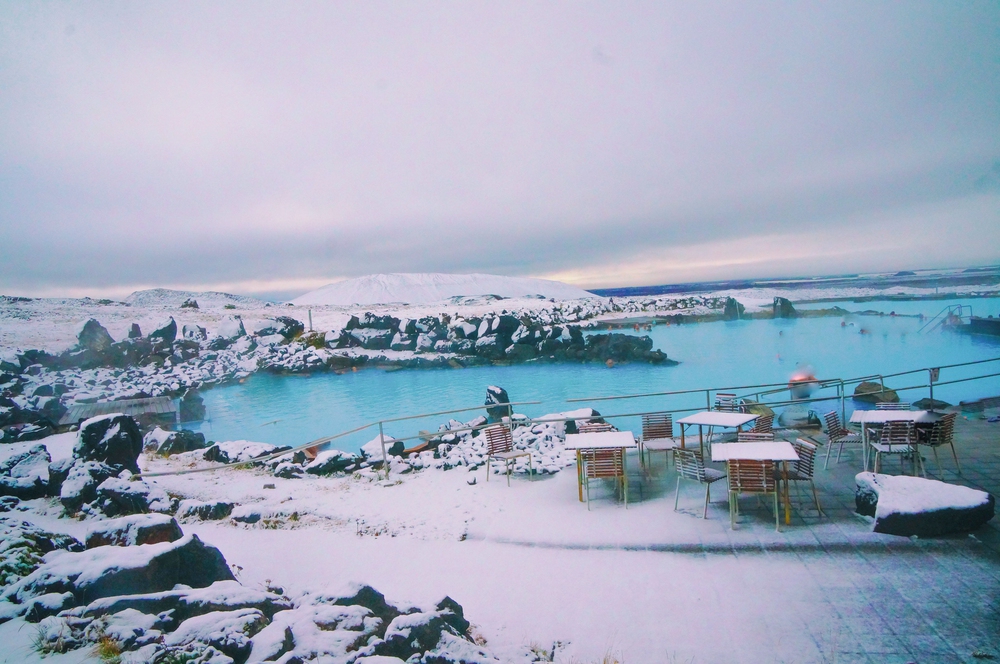
Three geothermal engineers working at a power plant in 1976 never intended to create one of Iceland’s most famous tourist attractions. The superheated water from their drilling operations formed a milky blue pool in the surrounding lava field, which locals began using for bathing when they realized the mineral-rich water had healing properties.
What started as industrial runoff became a world-renowned spa that attracts over a million visitors annually, proving that sometimes the most beautiful destinations emerge from the most unlikely circumstances.
Antelope Canyon’s Photography Potential
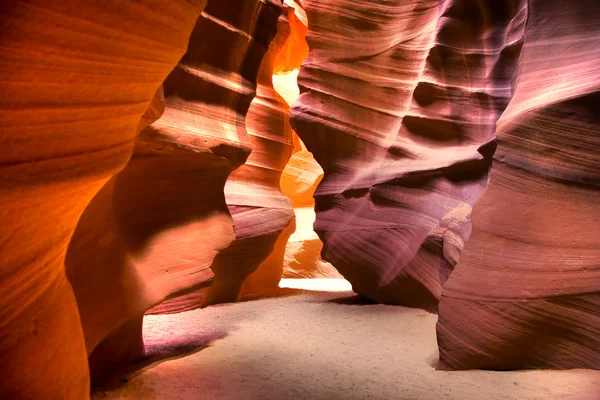
A young Navajo girl chasing her sheep through the Arizona desert in the 1930s stumbled into what would become one of the world’s most photographed slot canyons. The narrow opening between rocks led to a cathedral-like chamber where light beams created an otherworldly display, though it took decades before photographers discovered its potential.
Today, the canyon requires reservations and generates millions in tourism revenue for the Navajo Nation, all because sheep tend to wander into the most photogenic places on Earth.
Like Travel Pug’s content? Follow us on MSN.
The Hot Springs of Banff

Canadian Pacific Railway workers in 1883 were simply following a warm stream when they discovered the cave hot springs that would become the foundation of Banff National Park. The workers had been dealing with the harsh Alberta winter when they found naturally heated water flowing from limestone caves in the Rocky Mountains.
Their accidental discovery led to Canada’s first national park and helped establish the country’s entire national park system, transforming a work site into one of the world’s most beloved mountain destinations.
Bioluminescent Bays in Puerto Rico

A lost fisherman in Vieques during the 1940s couldn’t understand why his oars were glowing blue with each stroke through the water. The phenomenon, caused by microscopic organisms called dinoflagellates, had existed for centuries but remained largely unknown outside the local fishing community.
Scientists eventually confirmed that only a few places on Earth have the perfect conditions for this natural light show, making Puerto Rico’s bioluminescent bays among the planet’s rarest natural phenomena. Mosquito Bay in Vieques is the brightest, though similar phenomena occur in nearby Fajardo and Lajas.
The Painted Hills of Oregon
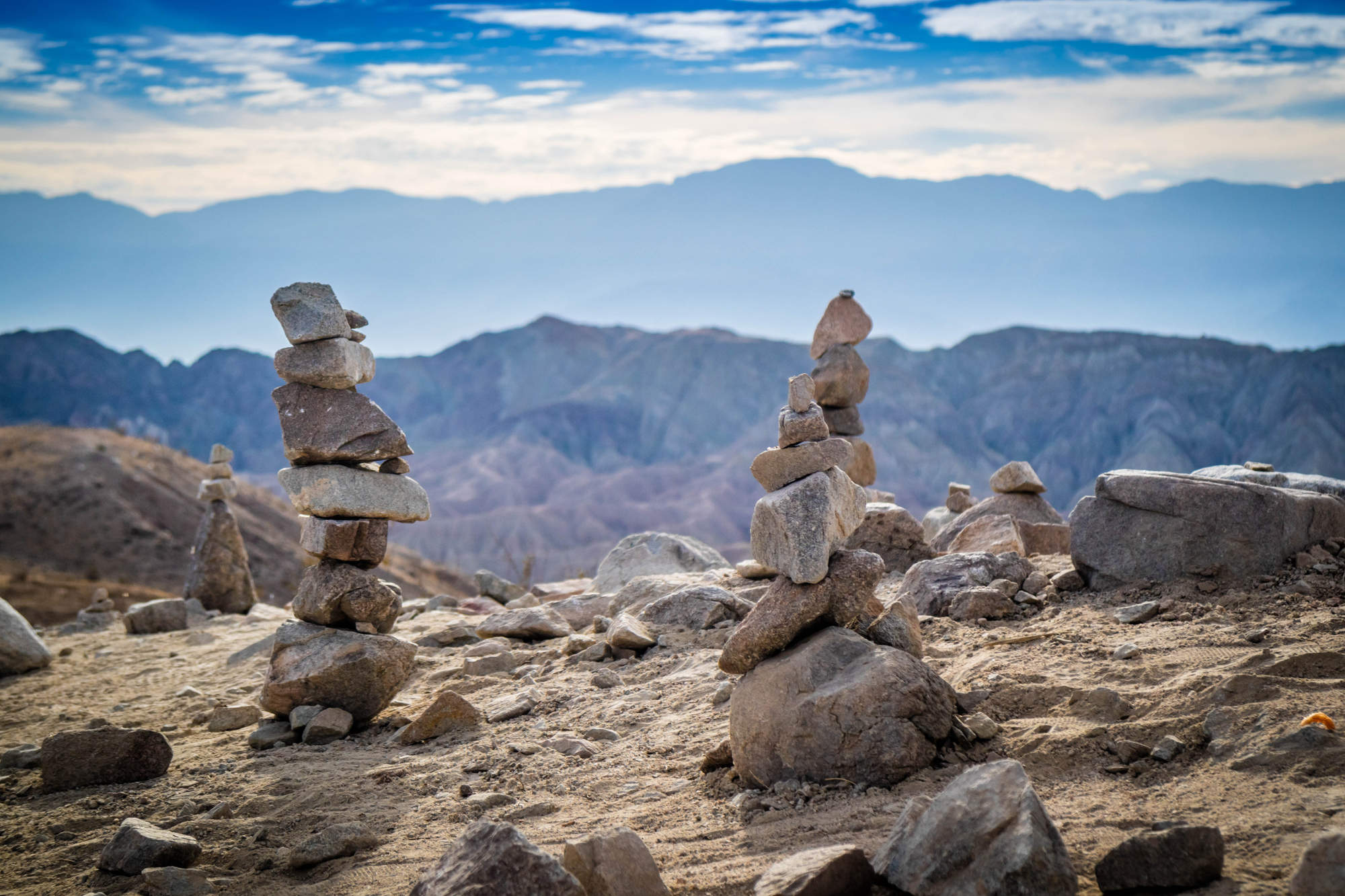
A rancher chasing cattle through the high desert of eastern Oregon in the early 1900s discovered what geologists now call one of the most complete fossil records in North America. The colorful striped hillsides, which change appearance throughout the day as light shifts across their mineral-rich layers, had been hidden in a remote corner of the state for millennia.
The formations contain fossils spanning 40 million years, providing scientists with an unprecedented window into ancient climates and ecosystems.
Like Travel Pug’s content? Follow us on MSN.
Zhangjiajie’s Avatar Mountains
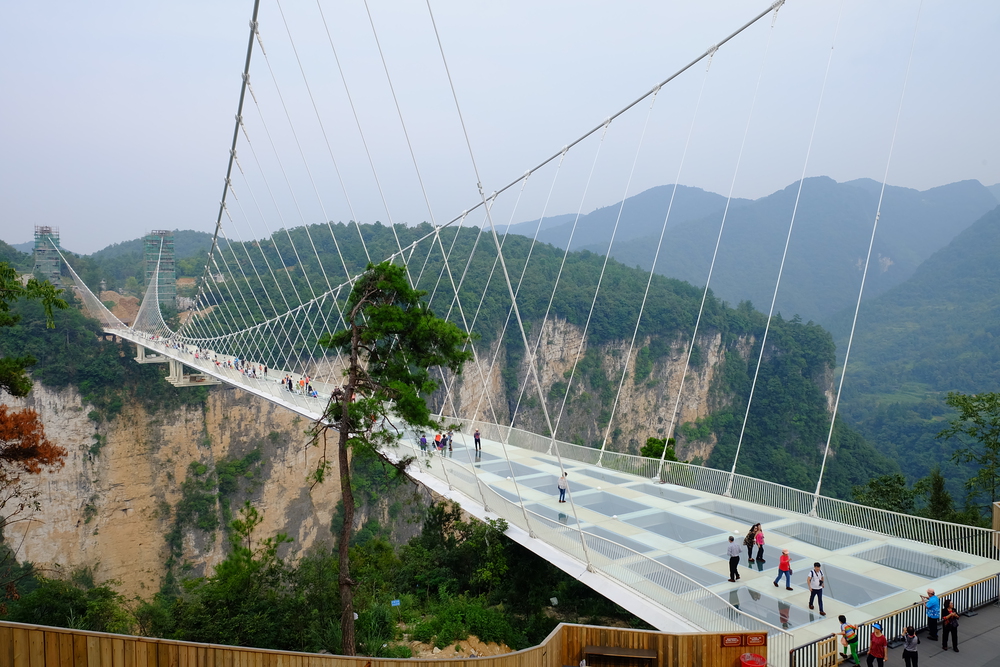
A Chinese photographer taking shelter from the rain in Hunan Province during the 1980s stumbled upon the towering sandstone pillars that would later inspire the floating mountains in James Cameron’s Avatar. The forest of stone spires, some rising over 1,000 feet, had been virtually unknown outside the local area despite their extraordinary beauty.
The photographer’s images eventually led to the area becoming China’s first national forest park and a UNESCO World Heritage site.
The Marble Caves of Chile

A kayaker exploring Patagonia’s General Carrera Lake in the 1990s paddled into what he thought was a simple shoreline cave, only to discover a network of marble chambers sculpted by 6,000 years of water erosion. The smooth blue marble walls create cathedral-like spaces that reflect the turquoise lake water, producing an almost supernatural blue glow.
The caves can only be accessed by kayak or small boat, maintaining their sense of hidden wonder decades after their accidental discovery.
Carlsbad Caverns’ Bat Flight

A New Mexico cowboy in 1898 thought he was watching smoke rising from the desert, but the dark cloud turned out to be hundreds of thousands of bats emerging from a cave entrance. Jim White’s curiosity about the mysterious “smoke” led him to explore one of the world’s largest underground chambers, complete with massive limestone formations.
The nightly bat flight program now draws visitors from around the world, though it took years before anyone believed White’s descriptions of the vast chambers hidden beneath the Chihuahuan Desert.
Like Travel Pug’s content? Follow us on MSN.
The Glowworm Caves of New Zealand
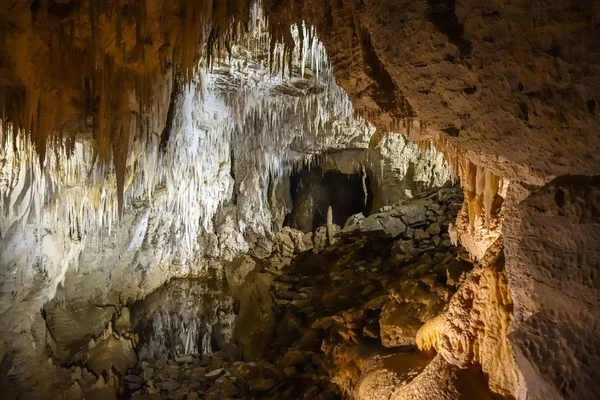
A Maori chief and an English surveyor, both lost in the Waitomo region in 1887, took shelter in what they thought was a small cave during a storm. Using candles to explore deeper, they discovered thousands of glowworms creating a star-like display on the cave ceiling.
The bioluminescent insects, found nowhere else on Earth, transform the underground chambers into what visitors describe as an underground galaxy, complete with their constellations.
Scotland’s Fairy Pools
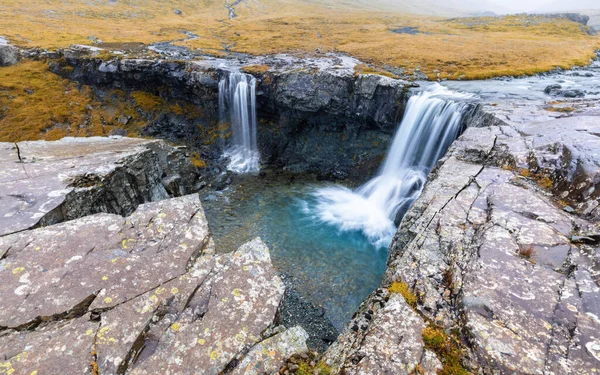
A photographer hiking in the wrong direction on Scotland’s Isle of Skye during the 1970s discovered a series of crystal-clear pools and waterfalls that seemed too perfect to be real. The remote location in the Cuillin Mountains had kept these natural swimming holes hidden from all but the most adventurous hikers.
Social media eventually made the Fairy Pools famous worldwide, though their accidental discovery shows how even in well-traveled countries, natural wonders can remain hidden in plain sight.
The Wave in Arizona
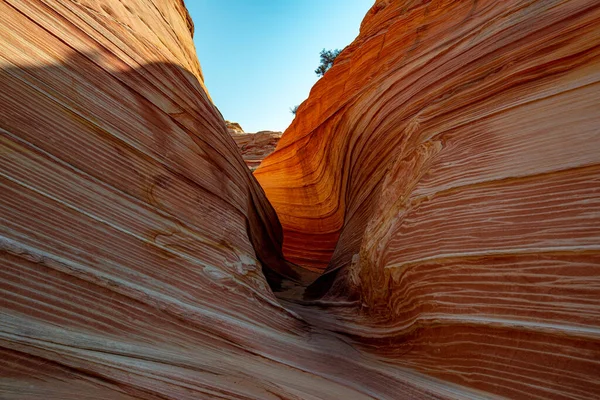
A photographer scouting locations for a magazine shoot in the 1990s wandered off the established trail in the Paria Canyon-Vermilion Cliffs Wilderness and discovered what may be the world’s most photogenic rock formation. The sandstone wave, sculpted by wind and water over millions of years, creates an optical illusion that makes solid rock appear to flow like frozen water.
Access is now limited to 20 people per day through a lottery system, making it one of the most exclusive natural attractions in the United States.
Like Travel Pug’s content? Follow us on MSN.
Hamilton Pool in Texas
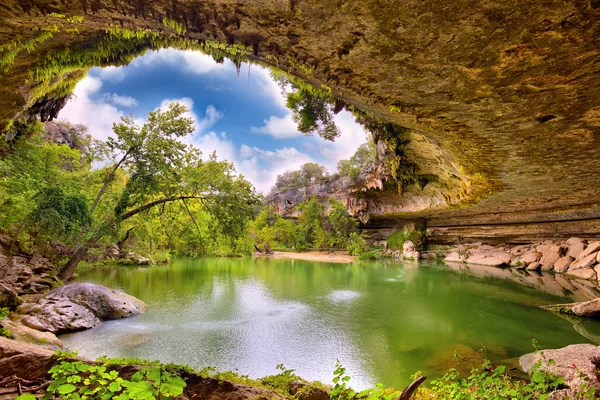
A collapsed underground river in the Texas Hill Country created a natural swimming hole that remained hidden until the 1960s when a family exploring their recently purchased property stumbled upon the jade-colored pool beneath a limestone overhang.
The 50-foot waterfall and emerald waters, surrounded by stalactites and ferns, had been forming for thousands of years in complete isolation. The pool is now a preserved natural area, though it requires reservations due to its fragile ecosystem.
The Door to Hell in Turkmenistan
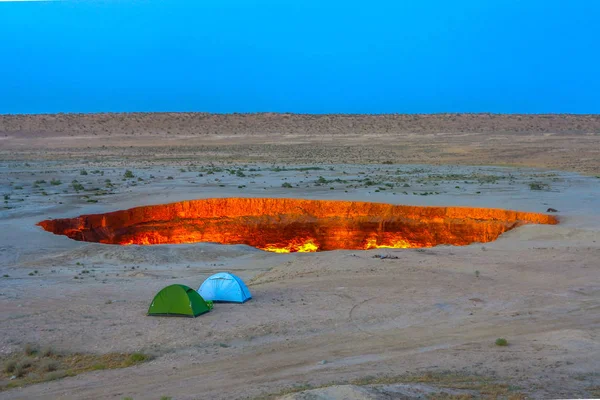
Soviet engineers in 1971 were drilling for natural gas when the ground collapsed, creating a massive crater that began leaking methane. Their solution—lighting the gas on fire to prevent its spread—was supposed to burn for a few days but has been blazing continuously for over 50 years.
The ‘Door to Hell’ crater, officially known as the Darvaza Gas Crater, attracts photographers and adventure travelers to one of the world’s most remote locations, proving that industrial accidents can sometimes create their form of natural wonder.
The Crystal Cave of Mexico
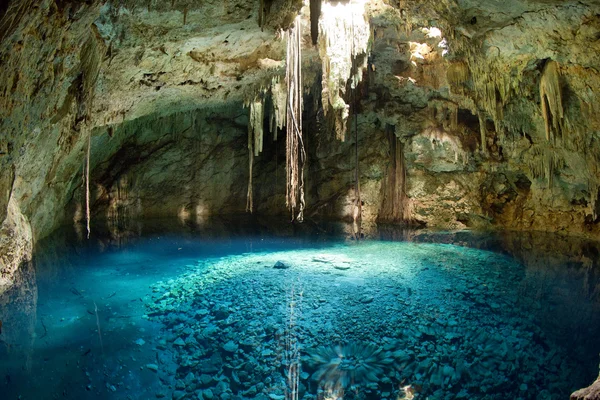
Miners working 1,000 feet underground in Chihuahua in 2000 broke through a wall and discovered a chamber filled with some of the largest natural crystals on Earth. The selenite crystals, some over 30 feet long and weighing several tons, had been growing in the cave’s superhot, mineral-rich environment for over 500,000 years.
The discovery revolutionized the understanding of crystal formation, though the extreme heat and humidity made exploration possible only with specialized equipment.
Like Travel Pug’s content? Follow us on MSN.
The Chocolate Hills of the Philippines
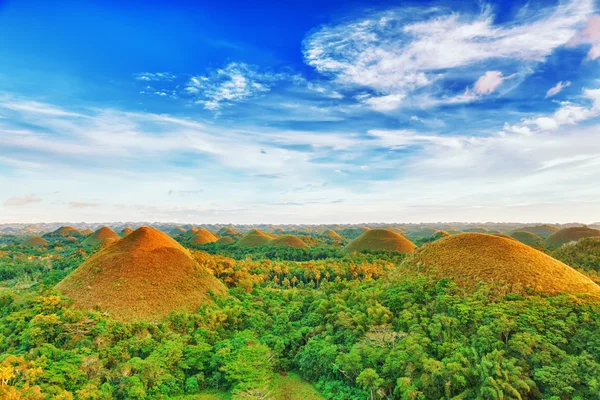
A surveyor mapping Bohol Island in the early 1900s climbed what he thought was just another hill, only to discover he was standing among over 1,200 perfectly cone-shaped mounds spread across the landscape. The limestone hills, which turn brown during the dry season, had been a local curiosity for centuries but remained unknown to the outside world.
Geologists still debate exactly how these uniform formations developed, making them both a natural wonder and a continuing scientific mystery.
The Socotra Dragon Trees
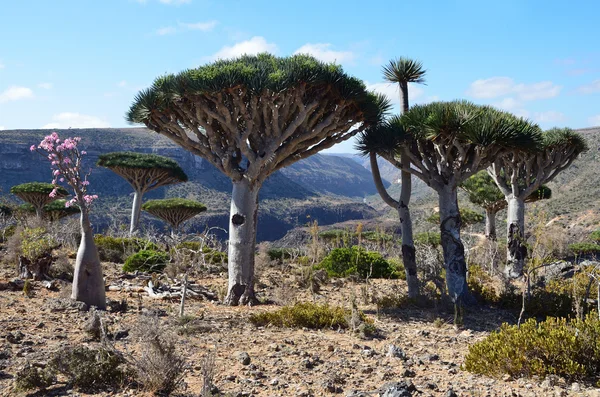
A botanist shipwrecked on Yemen’s Socotra Island in the 1800s discovered what he initially thought were giant umbrellas scattered across the landscape. The dragon blood trees, found nowhere else on Earth, had evolved in isolation for millions of years, creating a landscape that looks more like an alien planet than anything found on most of Earth.
The island’s unique ecosystem includes hundreds of species that exist nowhere else, making it a living laboratory of evolution that was discovered purely by accident.
When Getting Lost Leads to Getting Found

These accidental discoveries remind us that the most extraordinary experiences often come from embracing the unexpected rather than following rigid itineraries. Whether through genuine mistakes, natural curiosity, or a simple willingness to explore beyond the obvious, travelers continue to find wonders that challenge our understanding of what’s possible in our world.
Sometimes, the best compass is the one that points toward mystery rather than certainty.
Like Travel Pug’s content? Follow us on MSN.
More from Travel Pug

- 20 Best Beach Towns in the Carolinas
- 13 Destinations Where Tourists Regularly Regret Their Trip
- 20 Things You Actually Get in First Class
- 20 Small Airports With Aviation Museums
- 20 Places in the U.S. That Are Perfect for a Reset Trip
Like Travel Pug’s content? Follow us on MSN.
